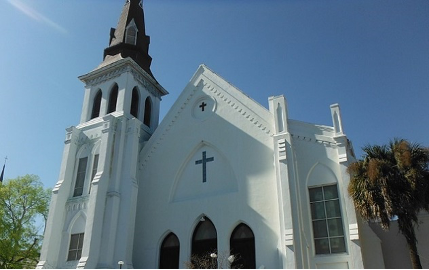Preserving History: The Legacy of African American Builders in South Carolina
The contributions of African American builders and craftsmen to South Carolina’s architectural heritage are profound yet often overlooked. During and after Reconstruction, African Americans, many of whom were formerly enslaved, played a vital role in constructing churches, homes, and public buildings.
One notable example is the construction of the Emanuel African Methodist Episcopal (AME) Church in Charleston, often referred to as “Mother Emanuel.” This Gothic Revival structure was built by free Black craftsmen in 1891 and is a powerful symbol of resilience and community. Many African American churches across the state were built in similar styles, featuring Gothic spires, stained glass windows, and wooden interiors handcrafted by local builders.
Craftsmen like those who built Mother Emanuel were part of a broader African American architectural innovation tradition. Their contributions continue to shape South Carolina’s built environment, particularly in constructing vernacular architecture in rural areas, where homes and barns display intricate woodworking and masonry techniques passed down through generations.
Recognizing and preserving this heritage is crucial for understanding the full story of South Carolina’s architectural development.
For more on this topic, see: Emanuel AME Church History

Emanuel AME Church, Charleston, SC

